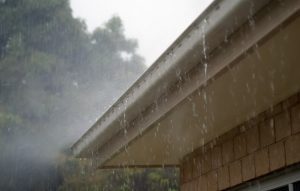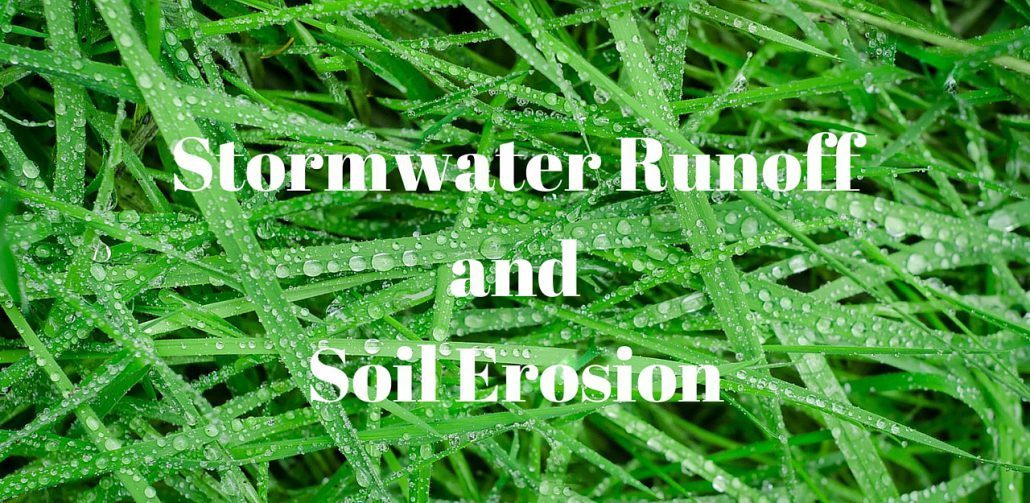Stormwater runoff is an ongoing problem in the mountains. The heavy pelting of raindrops causes compaction in the soil thereby causing more stormwater runoff not to be able to absorb into the ground. Taking measures to help the soil to be more permeable will prevent soil erosion. Let’s keep our natural resources in our yard and not migrating to the neighbors!
Add Organic Matter & Mulch
First, the soil must be aerated and conditioned to absorb the water and retain it. In WNC, most of the soil is clay. While clay contains rich nutrients, it may be too acidic or too alkaline. Working in organic matter and aged manure to the top 3 inches of the soil will lighten the heavy clay and enable the plants to absorb the nutrients they need. Clay holds water and drains slowly. Too much water on the roots of your plants can cause wet-logged roots and rot. Oxygen-poor soils will also contribute to plant decline. To prevent stormwater runoff and erosion, also add mulch to the beds to prevent soil from being impacted by strong downpours. The slow breakdown of mulch will also feed organic matter into the soil and help with water absorption.
Redirect Stormwater Runoff: Gutters, Rain Barrels, Rain Gardens
 Capturing stormwater runoff and redirecting starts often with the roof and gutters of the home or building. An adequate guttering system that holds the amount of water coming off the roof and directing it into the gutters and downspouts is the first step. Rain barrels can be set up at the exits of downspouts for later use in the garden. If working in clay soils, rain gardens can be installed and be amended with sand, topsoil, and organic compost to help with adequate permeability.
Capturing stormwater runoff and redirecting starts often with the roof and gutters of the home or building. An adequate guttering system that holds the amount of water coming off the roof and directing it into the gutters and downspouts is the first step. Rain barrels can be set up at the exits of downspouts for later use in the garden. If working in clay soils, rain gardens can be installed and be amended with sand, topsoil, and organic compost to help with adequate permeability.
Redirect Stormwater Runoff: Swales, French Drains, Catch Basins
Filtering the stormwater runoff before it moves downhill is advantageous to neighbor properties and the health of rivers and streams. To do this, create broad, shallow swales that water can run over while soaking into the grassy surface. If water is moving at a faster speed and erosion is a problem, install a French drain below the surface. A French drain is lined with landscape fabric, dug 18-24 inches deep and wide with 6 inches of a gravel base. A 4-6 inch perforated socked pipe will sit on this surface, and backfill of gravel surrounds the pipe diameter and provides support against lateral pipe deformation under heavy loads above the surface. The surface will be lined with landscape fabric to prevent silt buildup, and topsoil and turf applied or a decorative rock placed on the surface to mimic a dry river rock bed. Transits are used to drop the pipe 3 inches every 10 feet. Measurements will ensure the water exits at the proper flow.
A catch basin has up to three inlets. This collection box redirects surface runoff and directs water to pass through to a solid, buried drainpipe. It is buried at the lowest point so that the rainwater can naturally route into it. The exiting drainpipe under the surface would deposit the water to another location or outlet that carries the water to rivers and streams.
These are some of the ways stormwater runoff can be captured and filtered, leaving the best assets of Mother Nature in your garden and lawn. If you need help identifying what you may need in your landscape, give us a call. We are a Certified Stormwater BMP Inspector and will give you the best possible solution.





